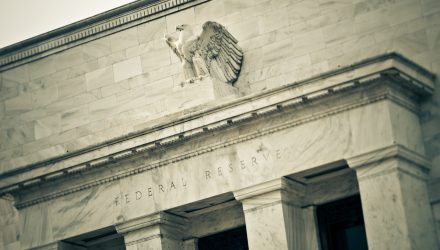The Federal Reserve is looking to maintain a benchmark federal funds rate between 1.75% and 2%, and in order to do so, the central bank could go on a shopping spree in order to expand its balance sheet to as much as $400 billion.
CNBC reported that “demand for cash is likely to see balance sheet expansion that could reach $400 billion over the next year and $150 billion a year thereafter, according to estimates from Bank of America Merrill Lynch. That would quickly undo the roll-off that culminated in late August.”
“They definitely can manage it if the Fed is committed to it,” said Lance Pan, director of investment research and strategy at Capital Advisors Group. “The last time they did market operations was before the financial crisis. The Fed needs to re-educate the markets.”
Following last week’s rate cut by a quarter point, a number of analysts were wondering if the Fed lost sight of its target funds rate.
“Investors really want to see a long-term solution,” Reynolds said. “I would expect perhaps by year-end or early next year we get a little bit more clarity on what the Fed wants to do here. But I don’t think it’s something that should be market-shaking at this point.”
A $2 Trillion Fixed Income ETF Market?
In the meantime, the move into bonds continues for investors seeking safer assets from growth-fueled equities. This has certainly helped the fixed income exchange-traded fund (ETF) space, which could double in assets over the next five years.
The fixed income ETF market has already ballooned to a $1 trillion space, but that figure could double within the next five years. Thanks to market volatility from the investors’ wall of worry, such as trade wars and inverted yield curves, the bond market is benefitting from the current risk-off sentiment.
“From a cyclical perspective, you’ve seen a lot of flows going into fixed-income ETFs. It’s natural,” said Armando Senra, head of U.S., Canada, and Latin America iShares at BlackRock Monday on CNBC’s “ETF Edge.” “You have a lot of market volatility. People have a risk-off trade. So, you’ve seen that, and you’ve seen money coming off from equities.”
The climb to $1 trillion in asset value for the fixed income ETF market didn’t happen overnight, but growth could accelerate rapidly in the forthcoming years.
“You have a more structural element, which is why we think that fixed-income ETFs are at the very early days of growth,” he said. “It took us 17 years to get to [$]1 trillion in assets. We believe we’re going to double that amount in five years.”
For more market trends, visit ETF Trends.

